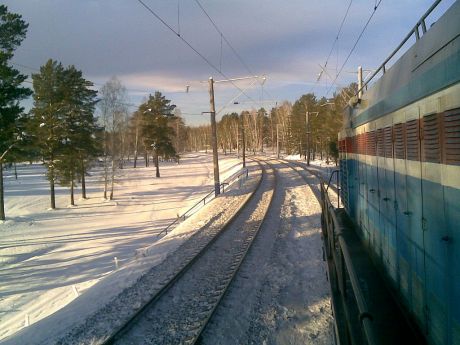Rail travel has a long history of noise control. However, in order to
meet the EU's Technical Specification for Interoperability (TSI) on
noise, each new railway vehicle must be subjected to necessary but
expensive and time-consuming tests.
In order to reduce these costs, the acoustic certification process of new rolling stock needs to be simplified and improved. This was the aim of the
ACOUTRAIN (Virtual certification of acoustic performance for freight and passenger trains) project, funded by the EU.
The project aimed to speed up product authorisation by introducing virtual testing features while retaining the same degree of reliability and accuracy of real-life testing. ACOUTRAIN also worked on harmonising the assessment of noise conformity across Europe by providing standard procedures.
Project members proposed specific procedures for a simplified method of noise certification and described them with flow charts. These charts indicate the steps required to check if the noise levels of new railway rolling stock are lower than or equivalent to those of a reference and certified vehicle.
In addition, ACOUTRAIN developed a virtual testing simulation tool for stationary and pass-by noise levels. It also worked on validating and verifying both the tools and methods in order to assign them acoustic source strengths. The team then pointed out more work that needed to be done in this area, highlighting the need to produce a cost-benefit analysis of different virtual testing scenarios in the future.
It will take time to introduce virtual testing into the TSI noise certification procedure and for it to gain wide acceptance. Once adopted, however, virtual testing is expected to achieve significant savings in cost and time, enhancing citizens' safety and comfort thanks to the certification of new, quieter railway vehicles.

